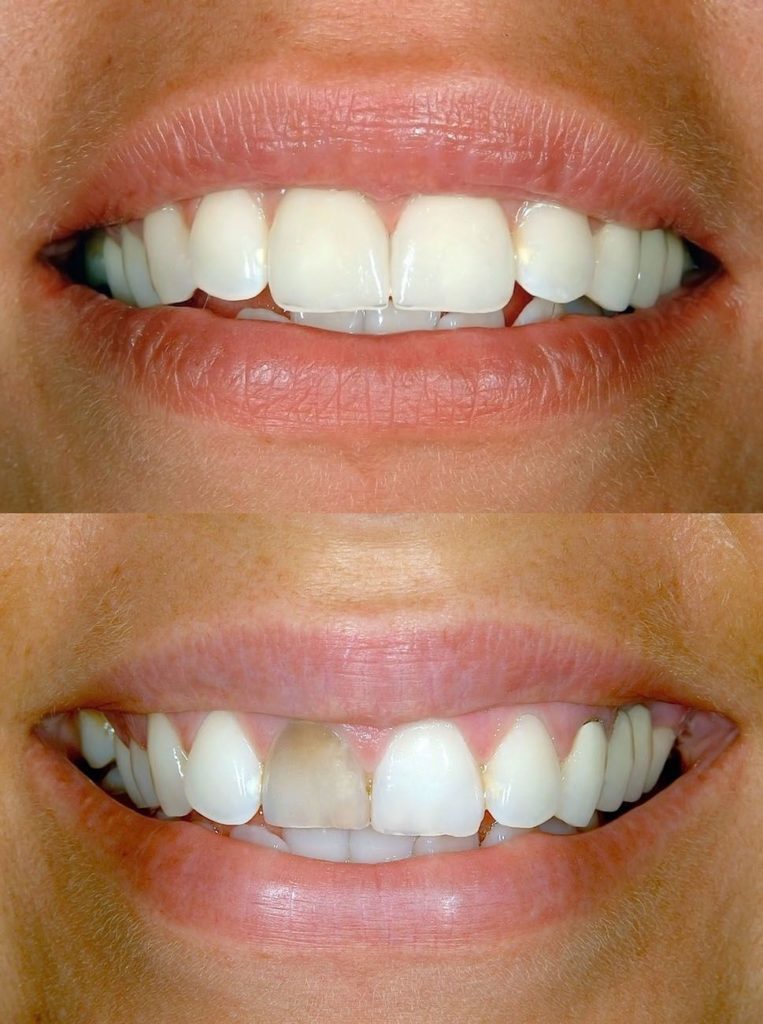Dental bonding is a cosmetic procedure that utilizes tooth-colored composite resin. Unlike other dental cosmetic practices, dental bonding is a reversible process. For example: if you decide to get dental veneers, you must always have some type of veneer or other dental appliance. This is because your dentist must remove a portion of the enamel to place the porcelain shell. However, you can always remove dental bonding if you are unhappy with your results.
Dentists use dental bonding for a variety of cosmetic purposes. Due to its flexible nature, there is not much that dental bonding can’t do. In fact, dentists utilize dental bonding for some restorative procedures like filling cavities. Once your dentist removes the decay, they will fill the hole with composite resin to prevent further deterioration and provide structure to the tooth. If you have minor cosmetic issues, your dentist will likely recommend dental bonding as a solution.

Chipped or Broken Teeth
Having chipped or broken teeth can diminish your smile. When you look in the mirror, sometimes, a chipped tooth is all you can see. However, dental bonding offers a simple solution. Your dentist can reshape your tooth to its original shape. Then, they will use a special light to harden the resin. In one short procedure, you can restore your smile to its former self.
Fixing a chipped or broken tooth is for more than just cosmetic reasons. When you have a break in the enamel, it allows bacteria to travel into the inner portion of your tooth. This is how a cavity works. The bacteria damages the enamel and burrows its way into the tooth. If you chip a tooth, it is more susceptible to developing tooth decay.
Additionally, the chip can make your tooth wear down faster. This means that the structure of your tooth can erode more quickly than the rest of your teeth. Therefore, you need a solution to stop erosion and decay.
Teeth Whitening
A white smile is a common desire among patients. For many people, they can simply go to the store to purchase any number of whitening treatments. Additionally, another popular option is to seek a professional whitening treatment from the dentist. However, there are patients who do not have the simple option. Dental trauma and certain medications can cause discoloration issues that chemical whitening treatments cannot alter. Therefore, there is another solution.
Rather than breaking the stain down chemically, dental bonding can camouflage the stains. This creates a bright white smile.
Tooth Shape Alteration
Another way your dentist may use dental bonding is to change the shape of your teeth. If you have gaps in your smile or smaller-than-average teeth, your dentist can utilize a flexible composite resin. For example, patients who have a “gummy” smile may be able to use dental bonding to make their smiles look more even. In addition, dental bonding can minimize the size of gaps between your teeth without the use of orthodontic procedures.
